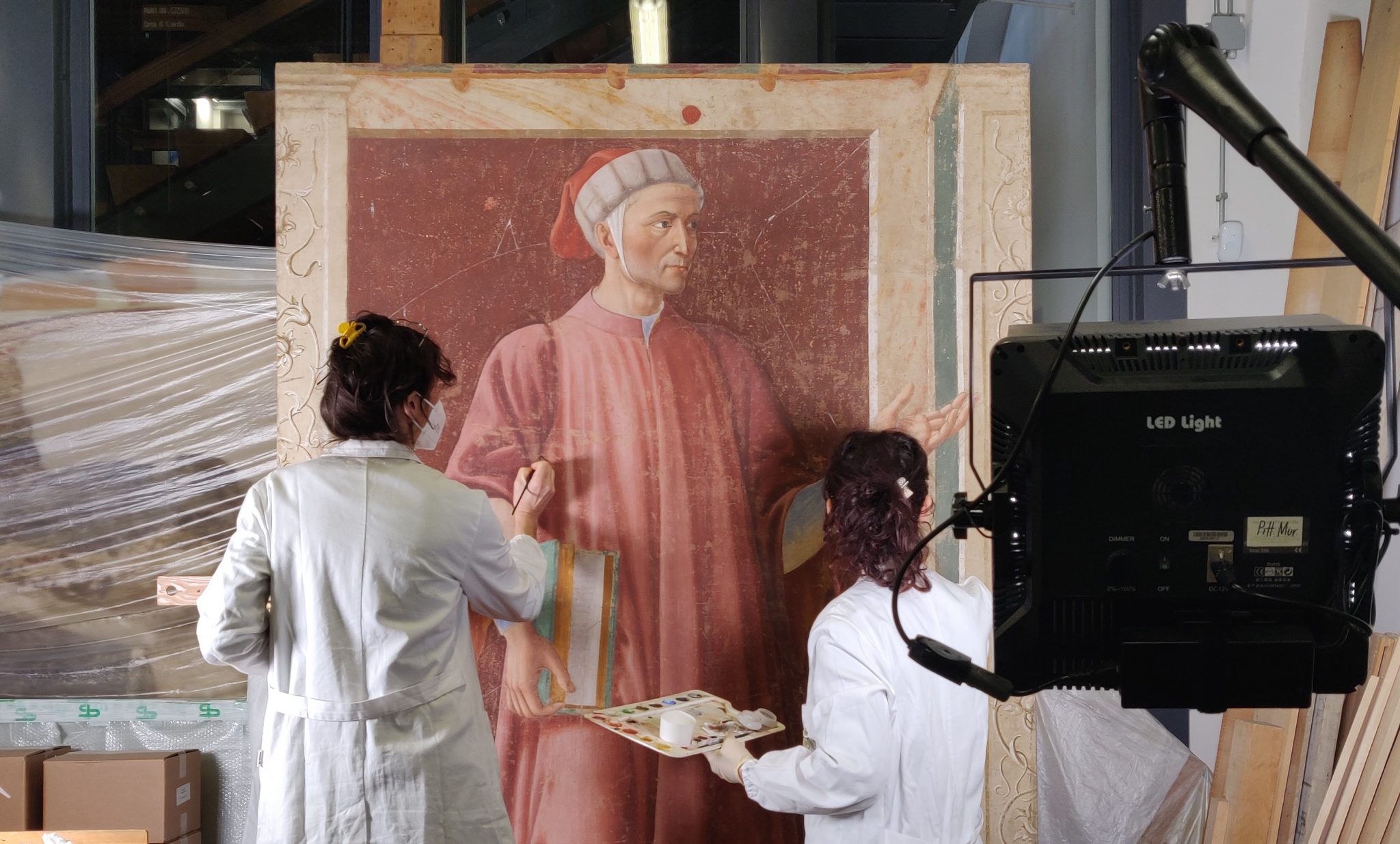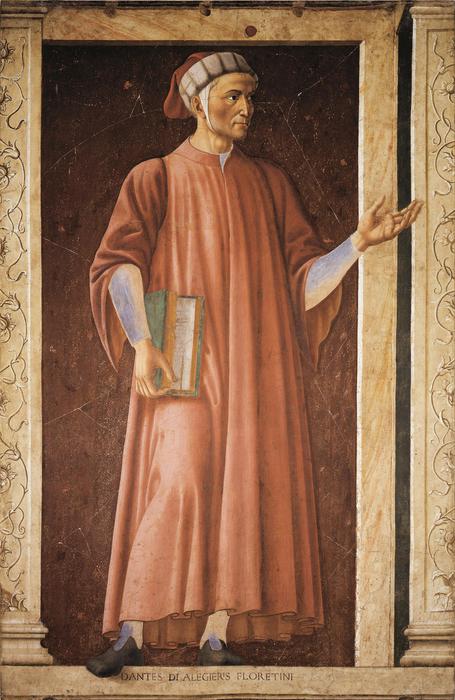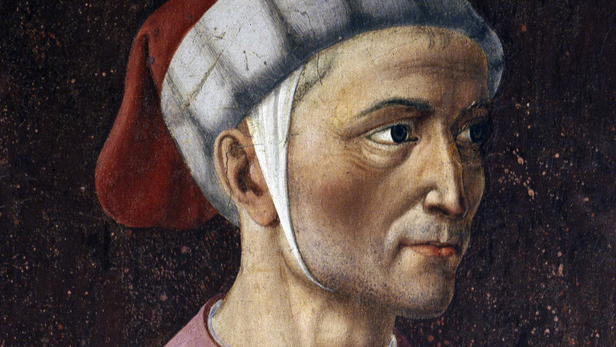I don’t quite post an update every quarter any more. This would be the third quarter update. This is only my second update for the year. But I do keep track of my reading by quarter. Here’s what I’ve read these past three quarters, what I’m reading, and what I plan to read.
Completed
First Quarter:
Prince
Caspian, a novel from the Chronicles of Narnia series by C.
S. Lewis.
Magnificat,
January 2021, a monthly Catholic devotional.
“Baptism,”
a (Don Camillio) short story by Giovanni Guareschi, translated by Adam Elgar.
Magnificat,
February 2021, a monthly Catholic devotional.
In
This House of Brede, a novel by Rumer Goddard.
“The
Coffee-House of Surat,” a short story by Leo Tolstoy.
“The
Presence,” a short story by Caroline Gordon.
Dark
Night of the Soul, a non-fiction work of spirituality by
St. John of the Cross.
Magnificat,
March 2021, a monthly Catholic devotional.
“Nimram,”
a short story by John Gardner.
“Screwball,”
a short story by William Baer.
Completed
Second Quarter:
Magnificat,
April 2021, a monthly Catholic devotional.
Things
Worth Dying For: Thoughts on a Life Worth Living,
a non-fiction work by Charles J. Chaput.
Magnificat,
May 2021, a monthly Catholic devotional.
“Swept
Away,” a short story by T. Coraghessan Boyle.
“Wintry Peacock,” a short story by D. H.
Lawrence.
“Acts
of God,” a short story by Ellen Gilchrist.
“Candor
Lucis Aeternae,” an Apostolic Letter from Pope Francis.
A
Devotional Journey into the Mass: How Mass Can Become a Time of Grace,
Nourishment, and Devotion, a non-fiction devotional concerning
the Catholic Mass by Christopher Carstens.
Magnificat,
June 2021, a monthly Catholic devotional.
Completed
Third Quarter:
Magnificat,
July 2021, a monthly Catholic devotional.
Catholics:
A Novel, a novel by Brian Moore.
Catholicism:
A Journey to the Heart of the Faith, a non-fiction work by
Robert Barron.
“In the Walled City,” a short story by Sewart
O’Nan.
“Granted
Wishes: Unpopular Girl,” a short story by Thomas Berger.
Magnificat,
August 2021, a monthly Catholic devotional.
Hail,
Holy Queen: The Mother of God in the Word of God,
a non-fiction work by Scott Hahn.
The
Power and the Glory, a novel by Graham Greene.
“Gods,”
a short story by Vladimir Nabokov.
Acts
of the Apostles, a book of the New Testament, RSV
translation.
“The
Manager of ‘The Kremlin,’” a short story by Evelyn Waugh.
Conservatism:
An Invitation to the Great Tradition, a non-fiction book by
Roger Scruton.
“Dead
Man’s Path,” a short story by Chinua Achebe.
Magnificat, September 2021, a monthly Catholic devotional.
Currently Reading:
How
Catholic Art Saved the Faith: The Triumph of Beauty and Truth in
Counter-Reformation Art, a non-fiction book by Elizabeth Lev.
Dominican
Life: A Commentary on the Rule of St. Augustine,
a non-fiction work by Walter Wagner, O.P.
K:
A History of Baseball in Ten Pitches, a non-fiction book by
Tyler Kepner.
Charming
Billy, a novel by Alice McDermott.
Four
Quartets, an extended lyric poem by T. S. Eliot.
Hildegard of Bingen: Selected
Writings, a collection translated and edited
by Mark Atherton.
Upcoming Plans:
“A
Matter of Chance,” a short story by Vladimir Nabokov.
Skunk
Works: A Personal Memoir of My Years of Lockheed,
a memoir on the development of stealth aviation technology by Ben Rich and Leo
Janos.
The
Red and the Black, a novel by Stendhal (Marie-Henri Beyle).
The
Voyage of the Dawn Treader, a novel from the Chronicles of
Narnia series by C. S. Lewis.
“A
Sea Change,” a short story by Ernest Hemingway.
“A
Snowy Night on West Forty-Ninth Street,” a short story by Maeve Brennan.
The
Book Of Hosea, a book of the Old Testament, KJV and RSV
translations.
I accomplished an incredible amount of reading in the third quarter: four full length books and completed finished Robert Barron’s Catholicism, which I had been dabbling for a couple of years. I should be posting on The Power and the Glory shortly. It’s a great novel.
The current read at the Goodreads Catholic Thought Book Club is Elizabeth Lev’s How Catholic Art Saved the Faith. I’m also currently juggling a couple of books as well: Dominican Life, K: A History of Baseball in Ten Pitches, and the Hildegard of Bingen Selected Writings, which I just repacked up again. I am woefully behind on my Biblical reading plans. I’ve only read Acts. There’s no way I’m going to come close to my plans, but I need to read at least one or two more.
Plans
always are greater than reality. Happy
reading.










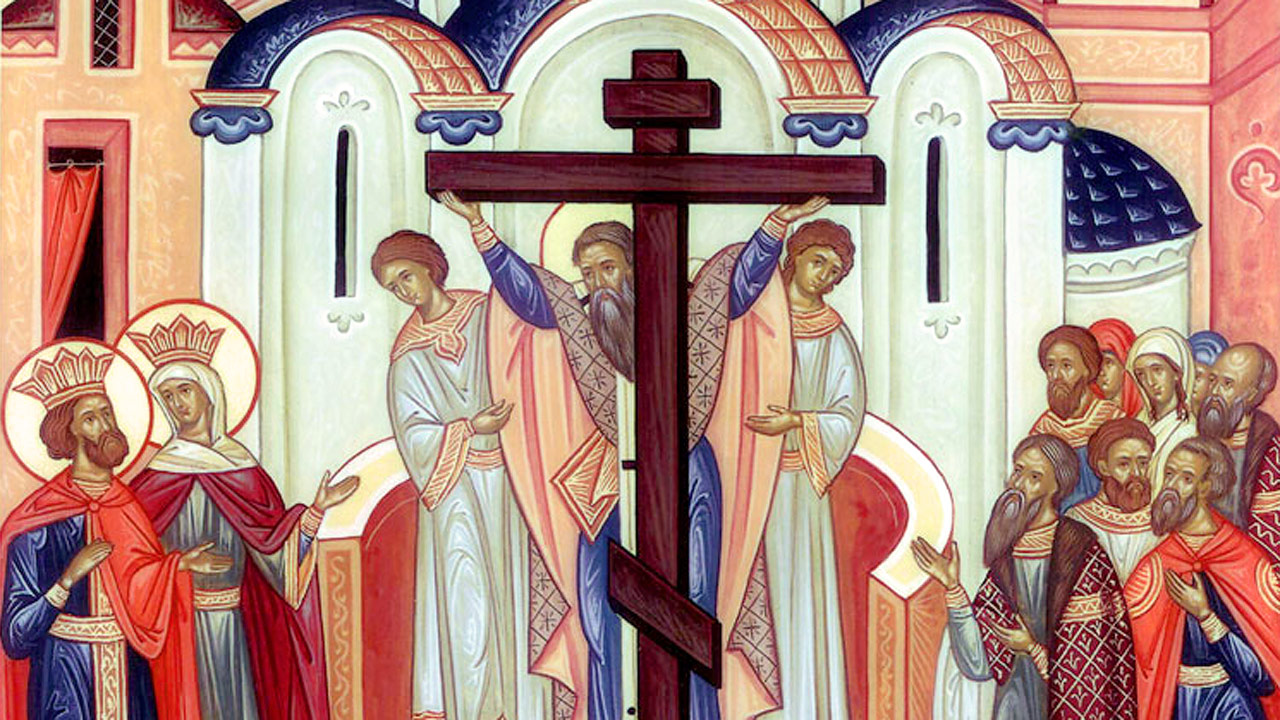
/Discovery-of-the-True-Cross-1500-56a108a63df78cafdaa83de9.jpg)
